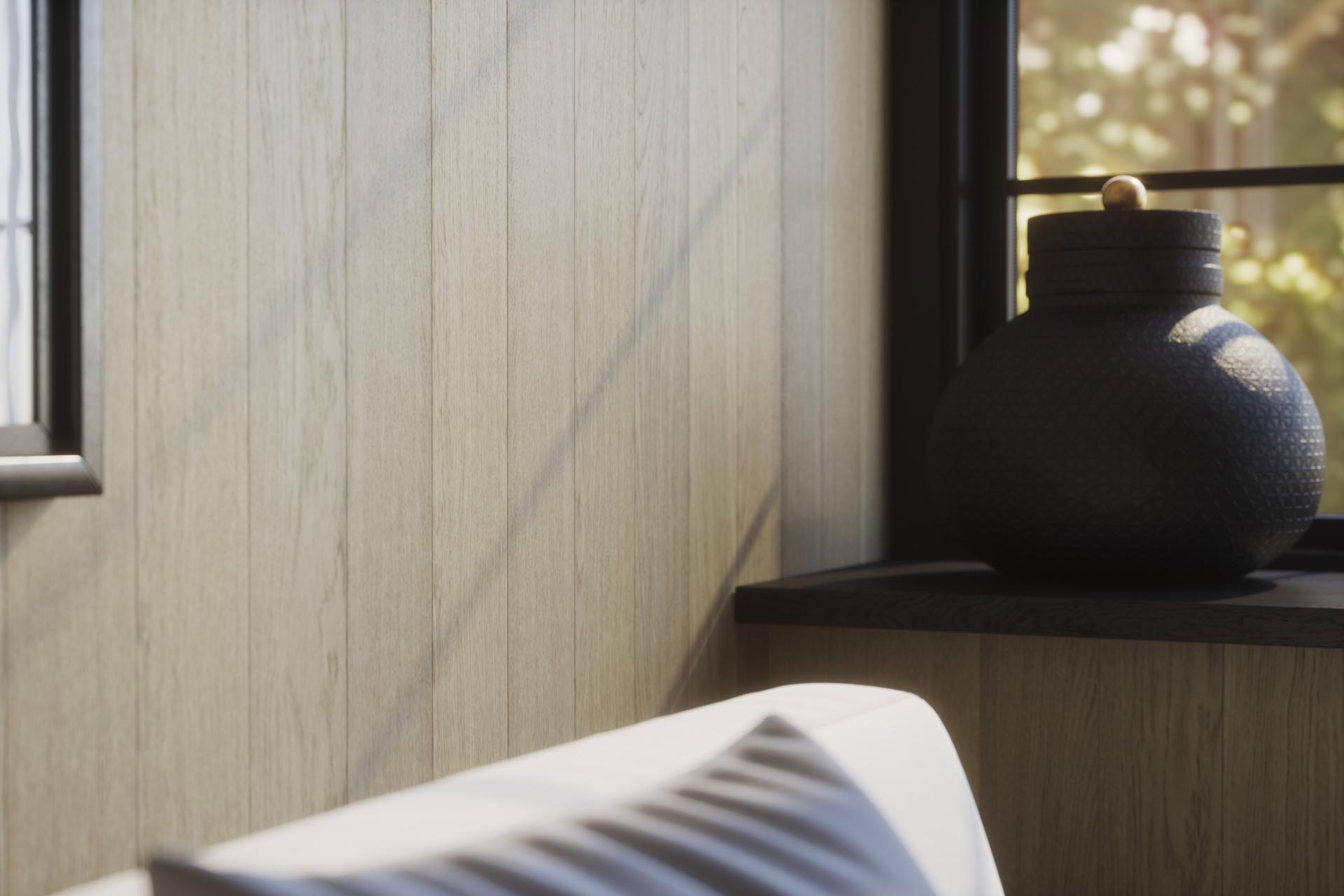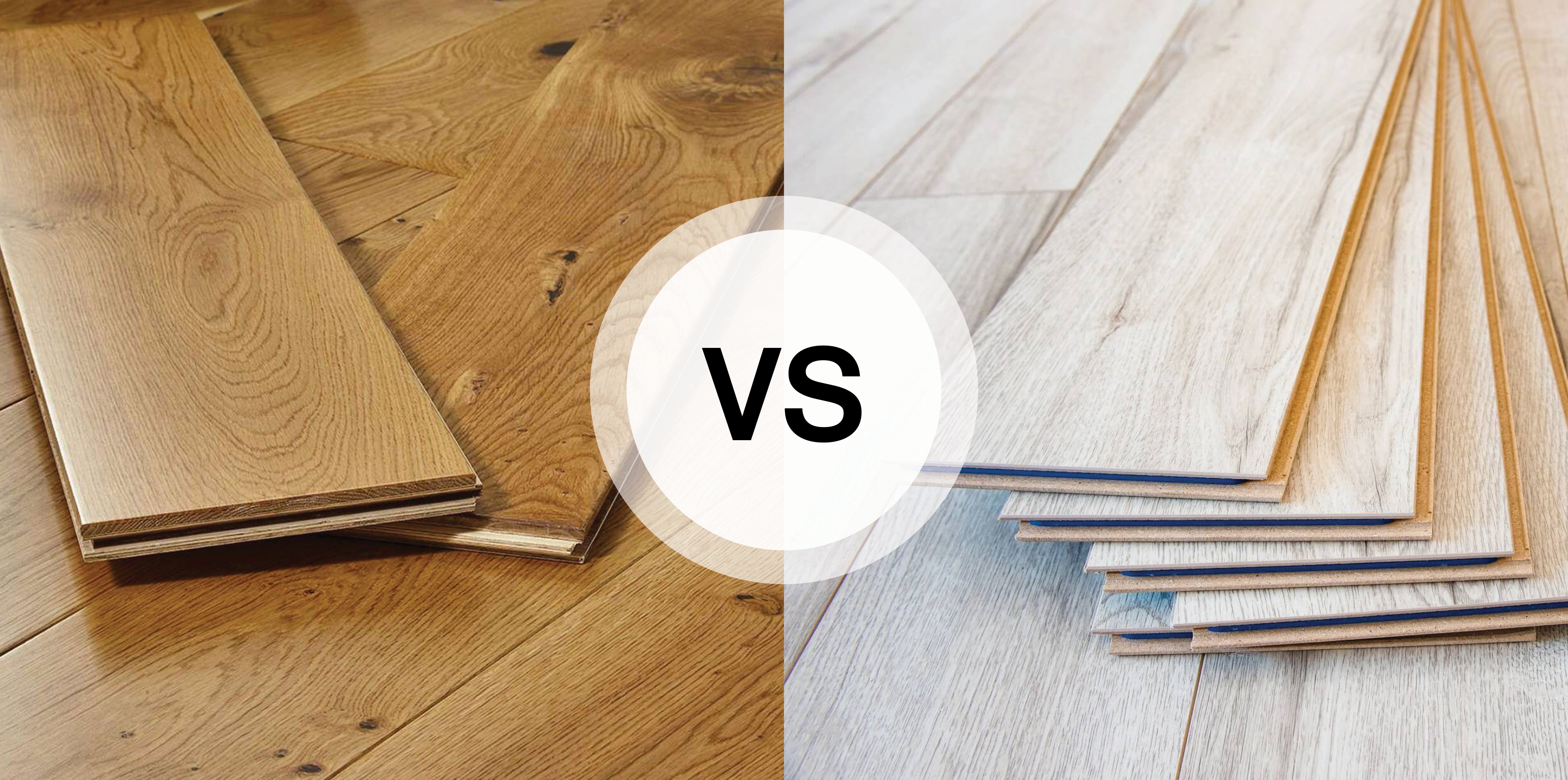Water damaged wood flooring: Do you need to replace it?
Blog |
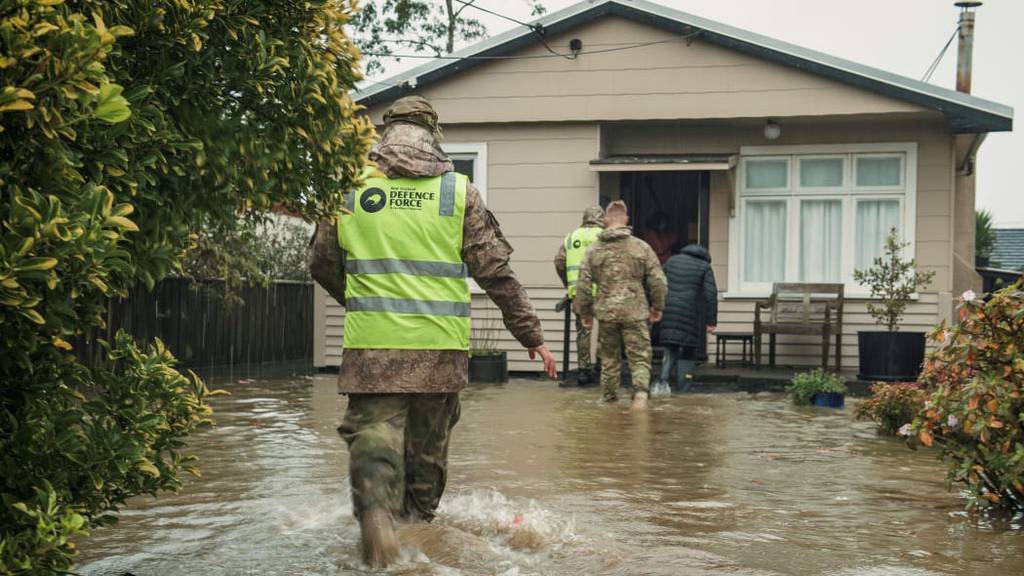
If your wood flooring has been subjected to flood damage or submerged in water from a leak or large water spill, there are three ways in which the floor may be damaged:
- The top layer of your floor, including the coating
- The structure or body of the planks that sit below the finish coating
- The subfloor to which the wood floor has been fixed to, and the glue / nails that secure your floor to the subfloor.
It is important to know that all wood floors may act differently when subjected to water damage and their condition after a week is the most likely way to tell if the floor can be saved or if it will need to be replaced.
The flooring product, timber species, original installation method, quality of the craftsmanship, length of time that the floor remained under water and height of water over the floor will all influence how the floor is affected. Whenever a floor is flooded due to a storm, you should always assume that you have water damage that will need to be addressed.
Please note: If you are looking to replace your floor with wood flooring, you will not need to go through the consent process for wet areas such as kitchens and laundries. However, you will still need to ensure your floor is installed in accordance with E3 - read our article for more information.
Article Contents:
- Signs that your wood floor has been damaged
- Floating engineered wood, laminate and bamboo flooring.
- Glue down wood flooring (on plywood or particle board sub-floors)
- Solid timber floors fixed to floor joists
- Timber floors over concrete slabs (including strip, parquetry, bamboo and engineered wood)
- How Forté can help you with assessing or replacing your floors
- Considering solid or engineered timber floor replacements?
1. Signs that your wood floor has been damaged:
- Water is seeping through the seams of the boards and pooling on the surface of the floor
- Discoloured or dark planks (in particular the side or end joins)
- Warped, cupped or buckled planks
- Peeling or blistered finish
- Parts of the floor squeak when walked on
- Delamination of the boards’ layers (engineered flooring)
- Elevated moisture readings on a metre
2. Floating engineered wood, laminate and bamboo flooring
Water always travels to the lowest spot it can and does not dry out as quickly compared to surface moisture. All floors have a protective top coating that keeps water from immediately soaking into the boards, however water that reaches the walls can travel in between the wall and the floor and begin to soak into the subfloor beneath your wood flooring.
Wood flooring, laminate or bamboo flooring that is floating will almost always need to be replaced.
3. Glue down wood flooring (on plywood or particle board subfloors)
Wood flooring, laminate or bamboo flooring that has been glued to the subfloor is unlikely to be recoverable. However, it is possible that the subfloor, whether particle board or plywood, can be saved depending on length of time that the floor remained underwater.
Even if your floors are damaged, it will be necessary to hose clean the mud and silt from the surface of the floor, use a spray mop and towels to clean any excess moisture, and in the unlikely event that the floors are able to be recovered, you can use a dehumidifier to gently and consistently dry the surface of the floors.
What to consider when determining if saving the subfloor is a possibility?
- If the floor was bead glued down and secret nailed, there is likely to be significantly less damage to the subfloor than if a full bed of adhesive glue had been used.
- The older the particleboard/plywood the more likely the subfloor is to be badly damaged.
- The difficulty in removing the floorboards, as well as the condition of the subfloor, should be assessed by a reputable builder.
- The subfloor will need to be cleaned with dry processes and the use of dehumidifiers (natural drying may take around 4 months, dependent on weather conditions and site)
- The moisture content of the framing and joists will need to be taken using a moisture metre. Note: moisture metres are not accurate in plywood and particle board and often read a lot higher than the actual moisture content.
- The moisture content of the sheet of subfloor may need further assessment where samples will need to be taken and oven dry moisture tested which will provide an accurate way of reading the moisture content. Note: The subfloor needs to be within a few percent of the moisture content of the new wood flooring before it is laid.
- It is recommended that for subfloors that are being retained, the sheets should be screw fixed to the joists (particularly through the centre of the sheets).
- In flood affected it is also recommended that the new sheet subfloors be screw fixed.
- Particleboard in particular where retained is likely to swell at board edges and as such the subfloor needs to prepared correctly prior to the laying of the new floor.
- Adhesives require clean dry surfaces and therefore to provide this and remove any swelling at sheet edges, the subfloor should be completely rough sanded. If there are any underlying concerns with adhesion, then tests can be undertaken.
4. Solid timber floors fixed to floor joists
Solid timber flooring that has been fixed directly to the floor joists has a greater chance of being recovered. However, there are several aspects that need to be considered such as the length of time the floor was submerged under water, the joist material, floorboard density and the fixings used.
It is necessary to hose clean the mud and silt from the surface of the floor as soon as possible, use a spray mop and towels to clean any excess moisture, and in the unlikely event that the floors are able to be recovered, you can use a dehumidifier to gently and consistently dry the surface of the floors.
What to consider when determining if saving the floor is a possibility?
- The ability of the floor being resanded, as well as discolouration around the nail heads, needs to be assessed.
- Proud nails will need punching to ensure they do not become a safety concern and to ensure boards remain tight on the joists.
- With secretly fixed floors it is necessary to ensure boards have remained tight on the joists. (A secret nailed floor may require top nailing if boards are not tight on the joists).
- Wet conditions beneath the floor will need to be assessed. If water is trapped in an enclosed subfloor space, the floor may worsen over time instead of improving. It is therefore critical that subfloor conditions are returned to pre-flood conditions quickly and that there is adequate ventilation above and below the floor to allow it to dry.
- The species is also an important consideration. Higher density species (ie. American Oak, European Oak, Maple & Beech) are likely to have taken up less moisture than softer, less dense species (ie. Douglas Fir, Pine, Rimu & Matai) and therefore there will be differences in the damage to the floor as they dry.
- Drying and recovery of the floor will likely take 6 months or so at which stage stability in appearance, moisture content to normal level and minimal residual cupping and gapping need to be assessed prior to considering re-sanding and coating.
- During this drying phase the appearance of the floor may not be considered acceptable and therefore laying an overlay floor over the top will be necessary.
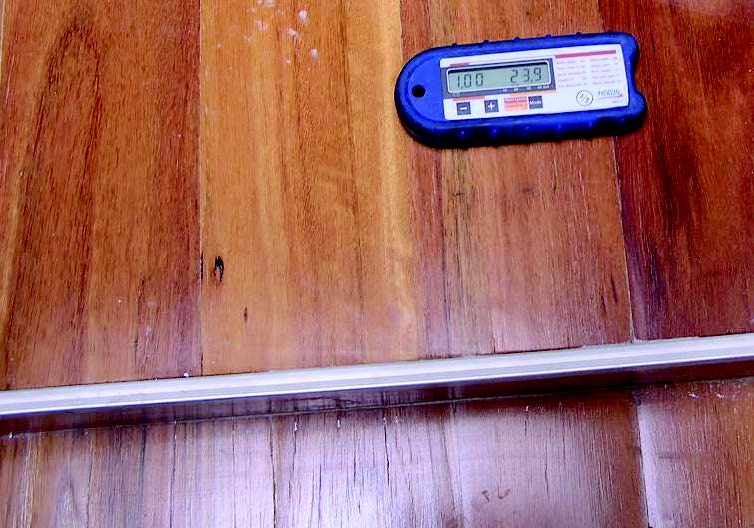
5. Timber floors over concrete slabs (including strip, parquetry, bamboo and engineered wood)
Where timber floors have been laid over concrete slabs, even if they have been laid on plywood battens over the concrete slab, the likelihood of the floor being recovered is low due to the entry of mud and silt, as well as the difficulty in drying these floors.
If the floor has been directly fixed with adhesive, there is a small chance that the floor could potentially be recovered. In this case, it is necessary to hose clean the mud and silt from the surface of the floor as soon as possible, use a spray mop and towels to clean any excess moisture and then use a dehumidifier to gently and consistently dry the surface of the floors.
What happens if I need to replace my timber floor?
- In most cases the floors and subfloor, whether plywood, battens or adhesive, should be removed completely and the slab should then be cleaned and allowed to dry.
- All slabs are different depending on their age and construction, as well as the conditions beneath the slab. Therefore, the slab should be permitted to dry under ventilated conditions prior to being assessed for suitability to have a timber floor laid over them.
- Slab moisture contents or in-slab relative humidity should be checked prior to the laying of the new floor.
- Slabs should have a moisture vapour barrier applied over them, or black plastic, which is commonly used beneath battens and plywood, to prevent possible residual slab moisture from affecting the timber floor.
- It is important to note that the slab edges and moisture beneath the wall plates are likely to be areas of slower drying, along with any areas where ponding against the slab has occurred.
- Once the slab is considered suitable to accept the timber floor then laying in accordance with manufacturer and industry guidelines can commence.
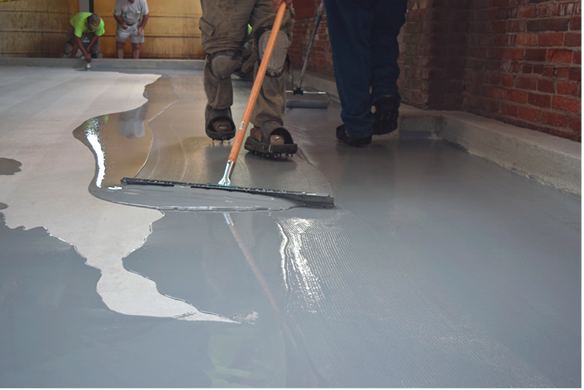
6. How can Forté help you with assessing or replacing your floor?
Homeowners
In the event that your flooring as been damaged due to flooding or from being submerged in water from a leak or large water spill, or if you suspect that there may be damage and you’d like some advice, we can organise for one of our team of experts to do a site visit and assess your flooring.
If you have received a payout from your insurance company and would like to discuss flooring options, we are here to help you find a solution that best fits your situation and budget.
Insurance Companies
If you are working with clients who have experienced flood or water damage to their floors, we can assist you in providing full quotes and installation estimates, as well as recommend trusted installers New Zealand wide to complete the job.
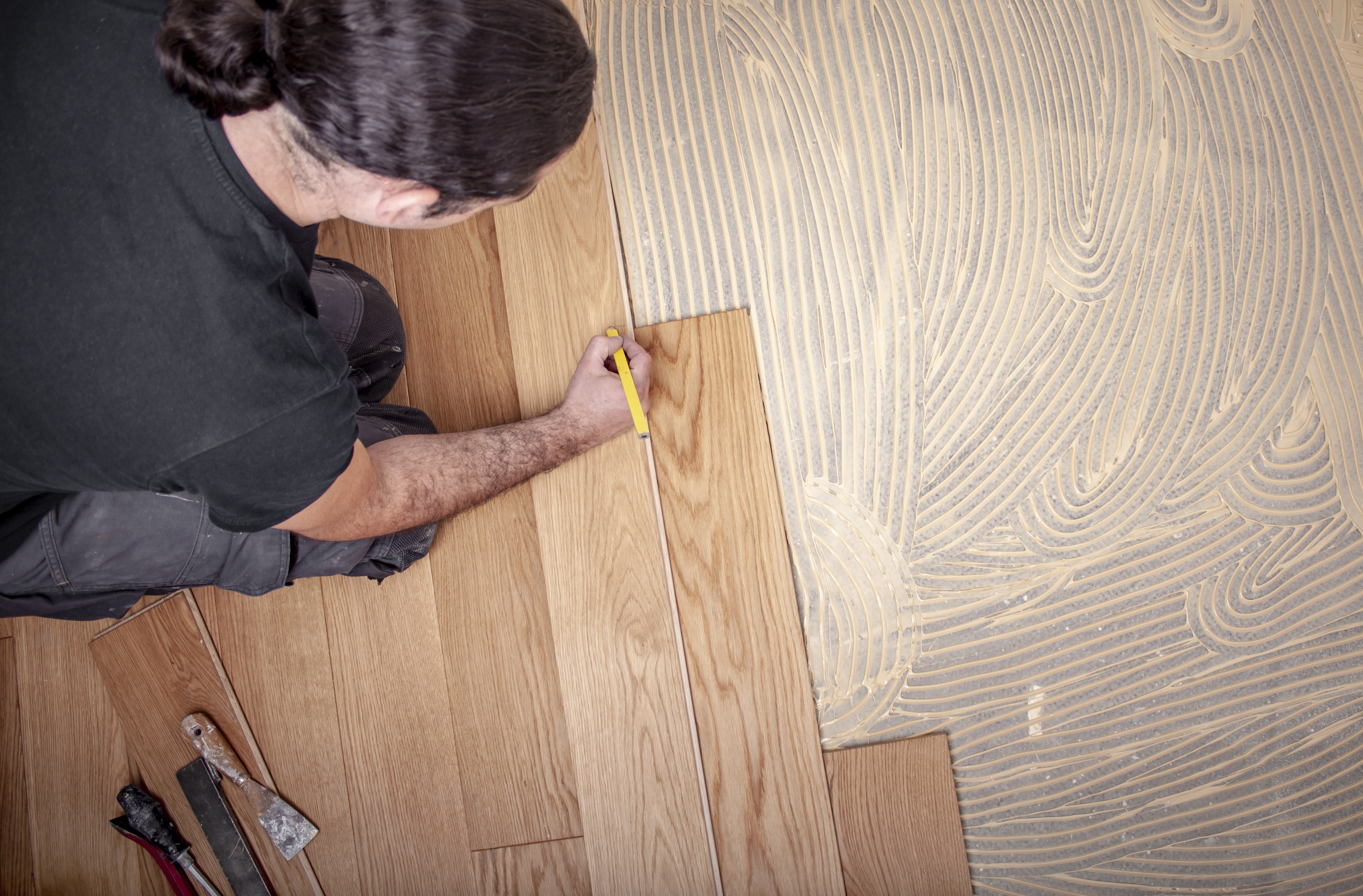
7. Considering solid or engineered timber floor replacements?
While many people are attracted to the thought of having solid wood flooring laid in their homes due to it being regarded as better quality, they may not be aware of the potential challenges that may be involved with this type of flooring.
Important factors to consider when choosing solid wood flooring for your home include the stability of the floor and the potential risk of cupping and warping, the high cost that comes from the complexity of the installation process and the potential wastage of planks during installation.
While engineered wood flooring shares the same benefits as solid wood, there are many advantages in choosing this type of hardwood over solid wood such as superior stability, more cost effective, quicker and easier installation and more options available to name a few.
If you’d like more information on the differences between engineered wood and solid wood flooring, you can read our article here.
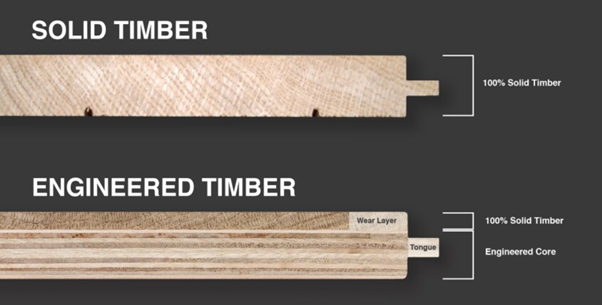
As always, Forté aims to be as helpful and accommodating as we can be. If your floors have been affected or damaged by flooding or water exposure and you’d like us to organise one of our approved installers to make a site visit to assess your flooring, contact our team of experts on 0800 445 494, email us at info@forte.co.nz or live chat with us on our website.
Visit one of our Showrooms
If you have any queries about our products or need help with your project, we can provide you with expert advice. Visit one of our showrooms or book a consultation with our flooring experts today.

